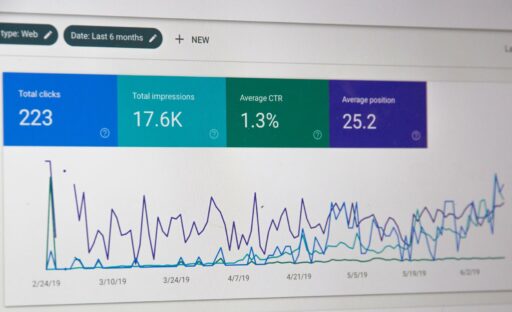Since January 2011, the percentage of websites built with WordPress has increased from 13.1% to 25.0%. In other words, a quarter of all existing websites use WordPress as their content management system, or CMS. That’s currently over 22% more than Joomla (2.8%) and Drupal (2.1%). Squarespace occupies 0.3% and Wix only 0.2%. It’s also interesting to note that the percentage of websites without a CMS is continually dropping, from 76.4% in January 2011 to 57.3% in November 2015.
As for market share, WordPress represents 58.7% of the content management systems being used today. That’s up from 51.0% in January 2010. By contrast, Joomla has dropped from holding 12% of the market share in Jan. 2010 to just 6.6% in Nov. 2015. Drupal’s market share has likewise decreased from 7.1% to 5.0% during this same period.
So those were a lot of numbers. But what do they mean for WordPress users and developers?
First, you can rest assured that WordPress isn’t going anywhere for a while. Its usage and market share keep rising, while others’ are either stagnating or decreasing. With a firm foothold in the realm of content management, WordPress will only continue its upward trend. This gives WordPress developers the security that the platform on which they’ve built their business will not crumble any time soon. We can tap into a deep well of support, documentation and innovation. Our clients can also have peace of mind knowing that they have invested their hard-earned money in a stable platform for their business. They don’t have to worry about WordPress turning into a fad that gets replaced by the “next big thing” a year later.
On the flip side, more WordPress usage means more competition among developers. The days are almost gone when you can be “that guy who knows WordPress,” because many of your peers know WordPress too. It’s vital to keep innovating and creating unique designs and functionality so that you’re not producing cookie cutter websites. Premium theme developers (who ply their trade on sites like themeforest.net) are also working hard to turn out unique products. Fortunately WordPress seems to be quite extendable, enabling people to use it for a variety of purposes from blogging to eCommerce. There may come a day when we’ve stretched the rubber band as far as it will go, but unless someone comes along with an alternative that surpasses WordPress, it’s not going to break.
Finally, developers should be encouraged that 57.3% of websites are not using a content management system of any kind. Of course this number will keep going down, but this means there are still so many potential clients out there who could benefit from WordPress. And consider the rapid increase in the total number of websites on the Internet. In 2011 there were nearly 350 million and now we’re up to 950 million. That’s almost 1 billion websites!
We hope you found these numbers enlightening and refreshing. If you’re a website owner, you really can’t go wrong with WordPress. Why not give it a try? And if you’re a developer like us, don’t become complacent. Start generating ideas and reach out to that 57.3%!
Sources:
https://w3techs.com/technologies/history_overview/content_management/all/y
https://w3techs.com/technologies/history_overview/content_management/ms/y
Author

James Fulton
Since founding the company in 2012, James has been the driving force behind SGD's success. As a visionary leader, he guides the SGD team, encouraging them to continually excel in digital design. James inspires a culture of growth, challenging each team member to surpass their own limits and set new standards in the field. This commitment to excellence not only propels personal development but also ensures SGD consistently delivers exceptional results for its clients.
Unlock Weekly Insights To Improve Your Website
Want to improve your website and digital marketing? Sign up to Marketing Monday for practical, up-to-date strategies on SEO, Google Ads, and website performance—delivered weekly.
No fluff, just results-driven advice. Unsubscribe anytime.
Next Article
Website Horror Stories (and How to Avoid Them)
October 30, 2015Start a Project









